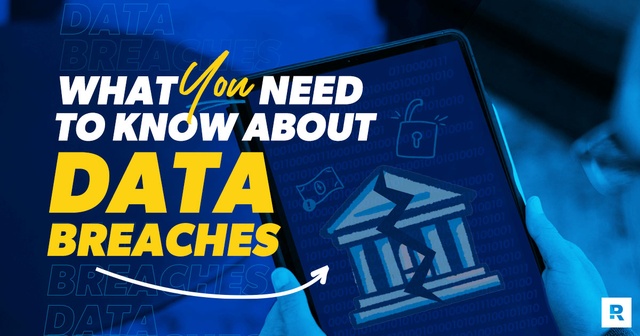The Growing Threat of Data Breaches
Imagine enjoying a typical Saturday with a friend, grabbing brunch and working on personal projects. Unbeknownst to you, your information might have been exposed in the latest massive data breach. A recent breach discovered in late June exposed 16 billion login credentials across virtually every service, including Google, Apple, Facebook, and government services. This breach is particularly concerning because it involves fresh, active credentials rather than older data.

What is a Data Breach?
A data breach occurs when sensitive information is stolen or accessed illegally by criminals. The compromised information can include names, birth dates, addresses, health care history, Social Security numbers, and bank account details. Being part of a data breach doesn’t automatically mean identity theft will occur, but it significantly increases the risk.
Types of Data Breaches
Data breaches can happen through various means, including:
- Stolen information (lost laptops, phishing emails)
- Malware (software designed for malicious purposes)
- Business Email Compromise (impersonating executives)
- Ransomware (locking data for ransom)
- Password guessing (using weak or commonly used passwords)
Protecting Yourself
To protect yourself from data breaches and potential identity theft:
- Change your passwords, especially if you use the same one across multiple sites
- Check your credit reports regularly for suspicious activity
- Monitor your bank accounts daily
- Consider identity theft protection services

Identity Theft Protection
Services like Zander Insurance’s ID Theft Protection can help monitor your information and alert you to potential threats. These services can provide restoration coverage and monitoring for bank and retirement accounts.
Conclusion
While data breaches are becoming more frequent and larger in scale, taking proactive steps can help protect your personal information. Stay vigilant about your online security and consider professional help to safeguard your identity.


